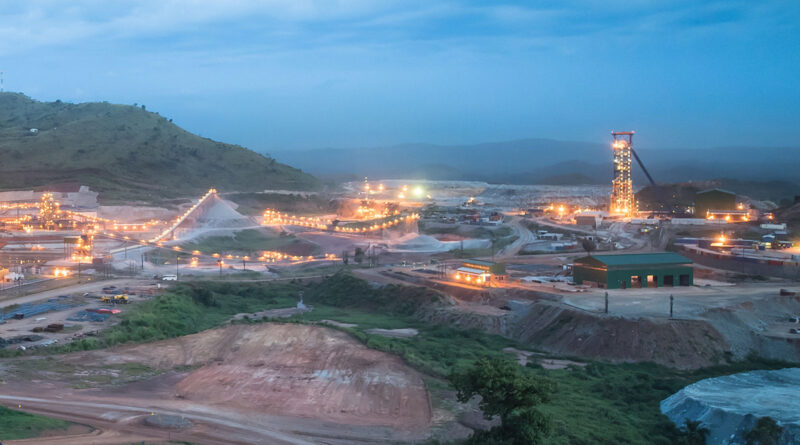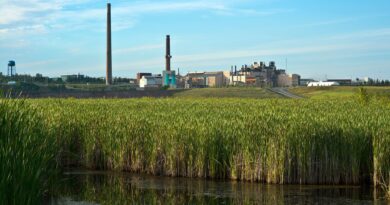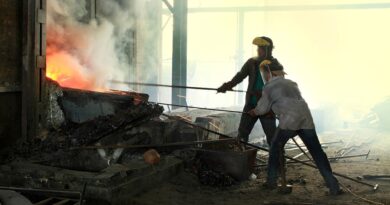Lumwana Copper Mine has 68,000 tpd processing plant
The Lumwana Mine property is located within the North-Western Province of the Republic of Zambia, approximately 65 km from Solwezi, the provincial capital. It lies about 50 km south of the border between the Democratic Republic of Congo and Zambia and 400 km northwest of the capital Lusaka.
The Project comprises of a 260,000 tonnes per day open pit mining operation and a 68,000 tonnes per day processing facility. The mine consists of two open pits, Malundwe and Chimiwungo, and is mined by conventional truck and shovel method.
The current production plan shows that 537 million tonnes of ore grading 0.56% Cu will be mined between 2014 and 2038. The ore, which is predominantly sulphide, is treated through a conventional sulphide flotation plant, producing copper concentrate for smelting.
MINING AND MINERAL RESERVES
Proven and Probable Mineral Reserves total 538.80 million tonnes grading 0.56% Cu containing 6,619.82 million pounds Cu.
The Malundwe and Chimiwungo copper deposits together with numerous exploration prospects are contained within six large scale Mining Licences, which are collectively referred to as Lumwana Project.
There are two mining areas; Malundwe and Chimiwungo, which are 7 km apart in a direct line. Malundwe was the first pit to be mined, commencing in 2008. However Chimiwungo now contains 93% of the remaining reserves. The Chimiwungo mining area consists of three separate pits; South, Main and East.
Lumwana is an operating mine and current site infrastructure includes roads, mine workings, processing plant, accommodation, offices, equipment repair facilities, fuel storage, water supply, a tailings storage facility, and a town-site for employees.
Barrick is a Canadian publicly traded mining company with a portfolio of operating mines and projects across five continents.
MINERAL PROCESSING
The Lumwana concentrator has a nominal design capacity of 25 Mtpa (approximately 68,000 tpd). There are two crushing circuits, at Malundwe and Chimiwungo, and trucks from the respective mines tip directly into 400 t capacity run-of-mine (ROM) dump hoppers.
The ROM pads are used for ore that cannot be directly dumped into the crusher feed hopper, due to blending requirements or crusher availability and capacity constraints. The primary gyratory crushers crush the ROM ore from a nominal top size of 1,500 mm to less than 200 mm.
Oversize material is deposited on the ROM pad to be further broken by a mobile rock breaker. Crusher product is then conveyed via overland conveyors to a central collecting conical crushed ore stockpile with 12 hours live capacity.
The Malundwe overland conveyor is 4.5km long and Chimiwungo overland conveyor is 3.5km long. The flotation plant consists of two parallel trains of rougher/scavenger cells. The rougher/scavenger concentrate reports to the regrind circuit to further liberate the copper minerals.
Following regrinding, the concentrate is cleaned in a conventional cleaner/re-cleaner circuit to reach final concentrate grade. Final concentrate grades of between 25% to 33% are expected from the Lumwana mine.
The concentrate is filtered to reduce the moisture content from approximately 35% to approximately 10%. The filtered concentrate is discharged from the pressure filter to the concentrate storage shed, located below the filter.
The concentrate is loaded onto trucks using a front end loader and is transported to smelters located in the Zambian Copper Belt.




